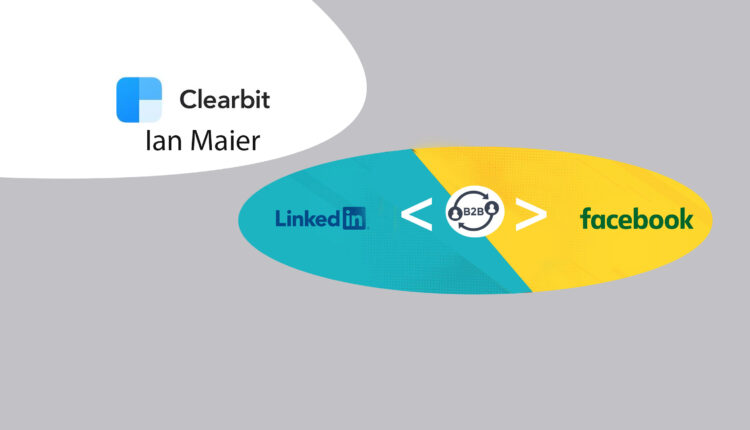Online mediums that facilitate the trading of products, funds, stocks and more can be grouped under eCommerce or electronic commerce providers or platforms. All online business models that facilitate sales and transactions through the internet are eCommerce platforms. It is estimated that the internet will host more than 2 billion global digital buyers by 2022.
Evolution of eCommerce
It all began with the birth of the internet, which was initially restricted to government and military usage. Internet for public access was granted in 1989. The introduction of the (www) in 1991 became a global sensation with the multiple opportunities and potential that it posed. It almost immediately became a mainstream source of information, entertainment, and communication. The endless possibilities of the internet were experimented with by multiple companies. Today’s leading companies like eBay, Amazon, and Netflix were few pioneers in harnessing the internet to produce services that are still at large.
The precise pioneer of eCommerce has been up for debate. For example, it has been suggested that in 1994, Phil Bradenger used his computer and credit card to purchase a “ten summoners” album shipped over to him, making him the first to engage in eCommerce. On the other hand, some argue that Michael Aldrich, the man who developed teleshopping, was the pioneer of eCommerce. And some believe that the ‘Boston computer exchange’ company was the first to sell their computers online, and some believe that ‘Bookstacks unlimited’ in 1992 was the first online bookstore and hence the first eCommerce site.
- Amazon launched in 1995, which also started as an online bookstore, took over the trends of eCommerce. Amazon pioneered the sharing of user reviews and feedback online.
- eBay established its debut entry into the field of eCommerce by becoming an online auction site in 1995.
- PayPal launched in 1998 as a quick and easy online transaction service for multiple currencies.
- Alibaba.com in 1999 became the first of its kind to include B2B, B2C, C2C eCommerce in the same platform.
- Etsy launched in 2005 for displaying local handmade crafts and art pieces to the world for admiring and purchasing, thus supporting local artists and traditional craftsmen everywhere.
- Social media enters the podium to share the spotlight in eCommerce, with Facebook introducing the ‘sponsored stories’ feature in 2011
- Apple in 2014 and google in 2015 introduced online payment options as Apple pay and Android pay, respectively.
- Instagram, another social media handle, enters the eCommerce stage by introducing shoppable posts.
Features of eCommerce
eCommerce became popular as a bigshot company’s playground and has expanded into an easily accessed commodity for everyone from startups, small businesses, entrepreneurs, brands, bloggers, freelancers, NGOs and has even made its way into social media platforms like Instagram and Facebook. The features that eCommerce entails are:
- Global reach – Anybody in the world can trade products and services to anyone else through the internet. More connectivity means more markets to cover; more investors involved translating into more business.
- Low exchange cost – The easy online transactions reduce the expenses of maintaining offline shops. Moreover, it is the most convenient way to carry business.
- Accessibility – It is easy and efficient. It also has the scope of eliminating extra costs from a middleman, connecting buyer and seller directly.
Types of eCommerce
There are three primary types of eCommerce depending on the two parties involved. Essentially, as the names suggest, the online trade or eCommerce transaction between two parties where either of the party is a business or a consumer is of 4 primary types:
- B2B (business to consumer) – Transactions between one business and another are grouped under the B2B category. Marketing firms, digital marketing consulting firms, data collection, and insight provision businesses, etc. come are some common Ecommerce B2B
Examples – Alibaba Group, Auto Global Trade, Quill, eWorld Trade, Granger, Walmart
- B2C (business to consumer) – Retail stores and businesses that offer services and products are B2C.
Examples – Amazon, Netflix, Flipkart, Google, Shopify
- C2C (consumer to consumer) – Commodities and services exchanged or auctioned within individuals come under this category from one consumer to another.
Examples – eBay, Etsy, Craigslist, Taobao, Fivr, Airbnb
- C2B (consumer to business) – Individuals hired for delivering services to companies come under C2B. Platforms that allow individuals to advertise their services for other companies to view, contact, and hire, provide referrals and testimonials are C2B eCommerce platforms.
Examples – Commission Junction, Amazon, Google AdSense, Yelp, TripAdvisor
Future of eCommerce
eCommerce has been evolving and expanding rapidly in the past three decades ever since its origin. It has been estimated that more than 2 billion global digital buyers will emerge and keep multiplying by 2022. That is almost 27% of the global population. With the impact of the pandemic and businesses shifting to the online forum, almost 22% of retail sales worldwide are expected to converge into eCommerce platforms by 2023 due to its comparatively lower expenditure range. eCommerce comes with several perks: free delivery, reviews, discounts, accessibility, easy returns, loyalty points, feasible payment options with lesser interest, and much more.
eCommerce is a constantly evolving area and has now taken a turn into a latest trend – social media platforms that come with direct shopping options and separate pages for browsing products of interest.








